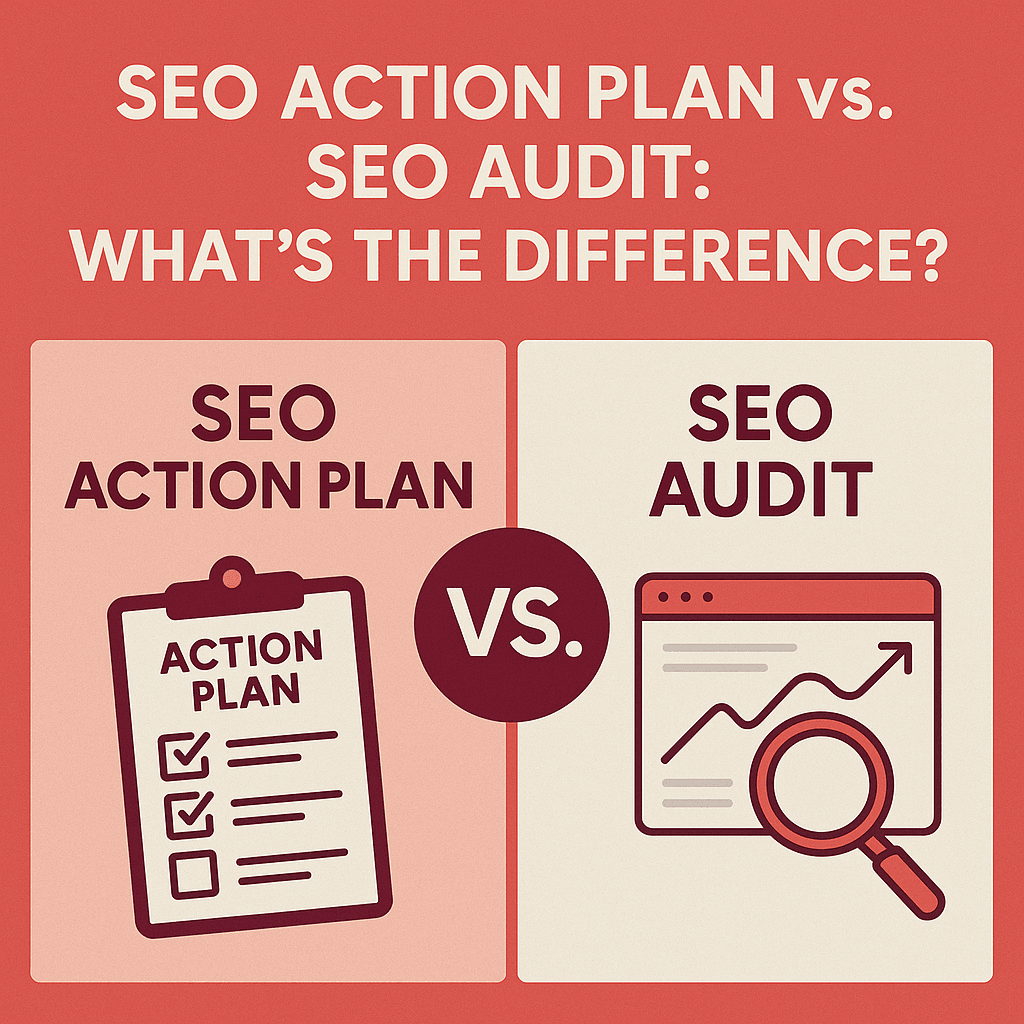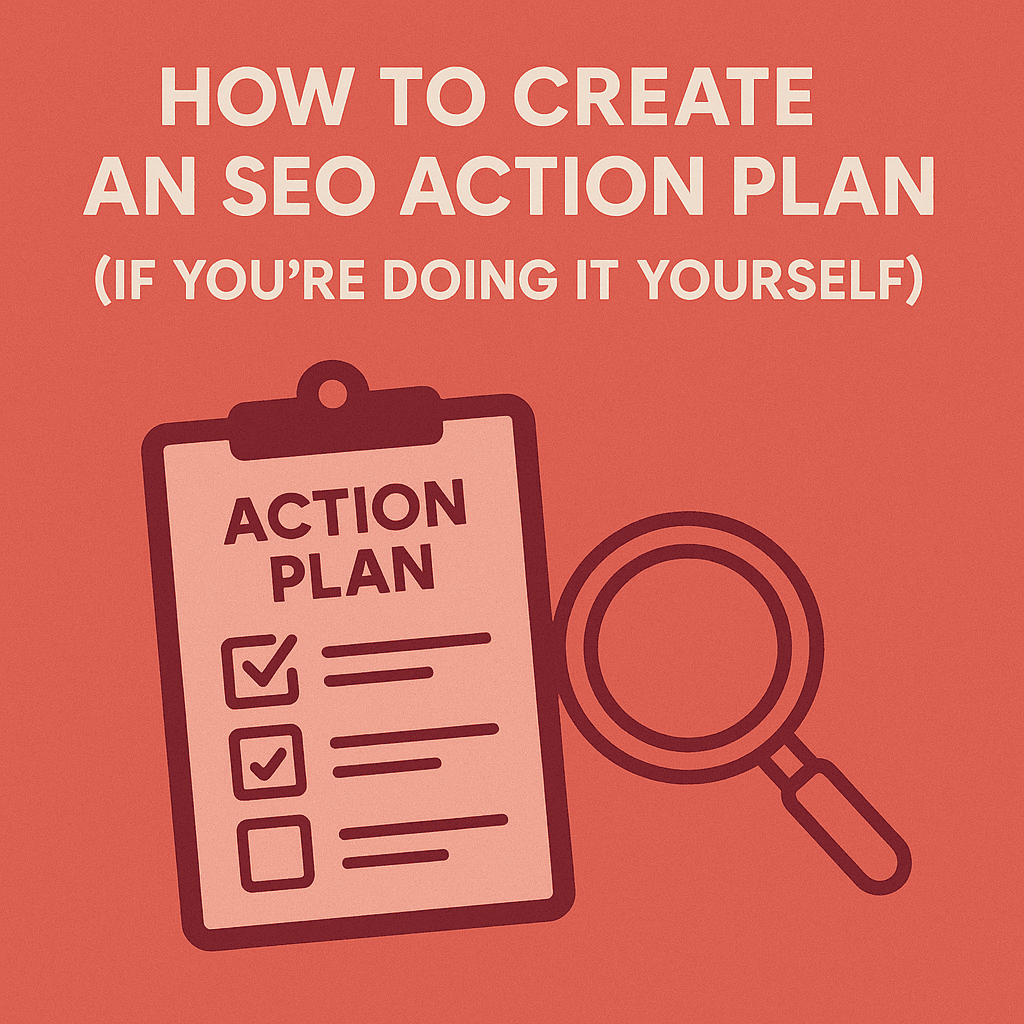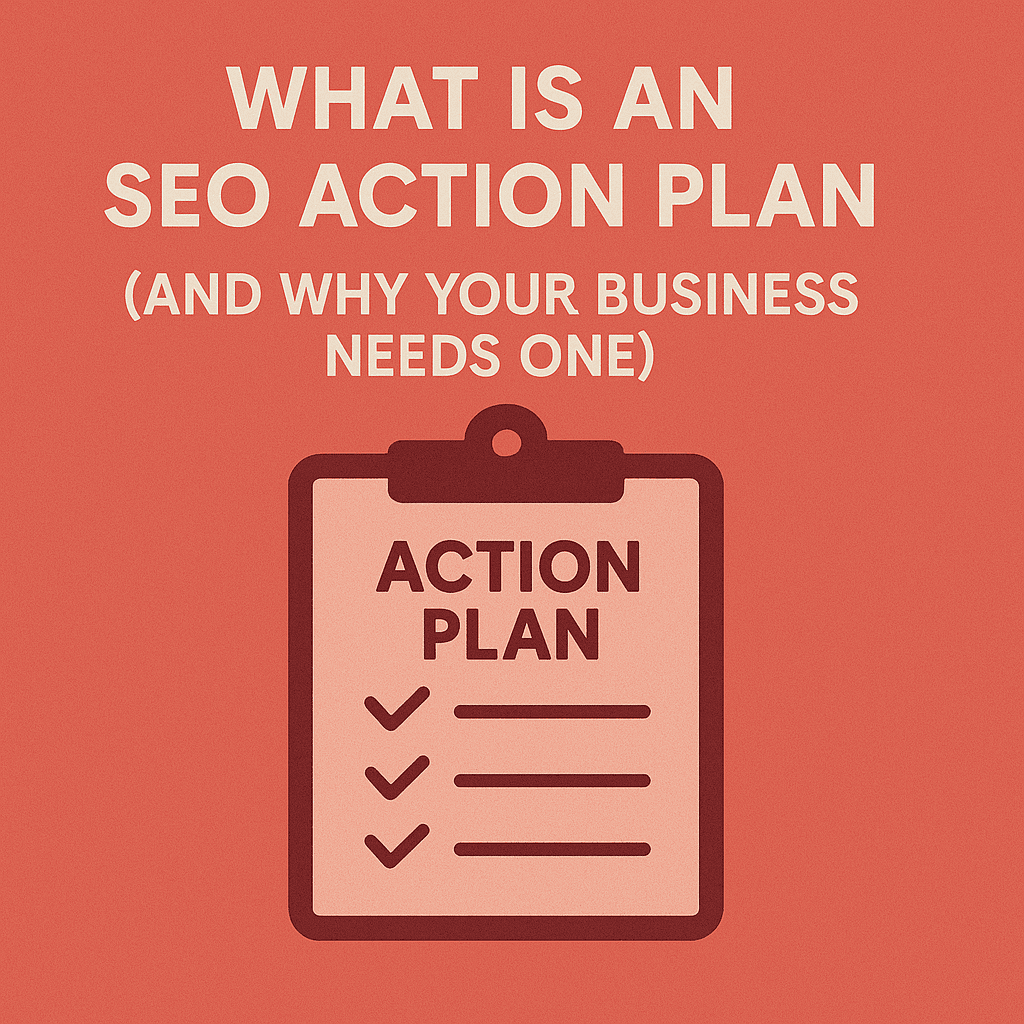10 Most Common SEO Mistakes on Small Business Websites (And How to Fix Them)
SEO doesn’t fail because small business owners aren’t trying. It fails because they’re often trying the wrong things – or following outdated advice. In nearly 20 years of SEO work, I’ve seen the same issues crop up again and again.
This article walks through the 10 most common SEO mistakes I find on small business websites – and what you can do to fix them.

Posted by Independent SEO Consultant Matt Davies
1. No Clear Page Focus
The mistake:
Many business websites try to cram multiple services, topics or ideas onto one page, hoping to rank for everything at once. The result? Google doesn’t know what the page is actually about – and neither do users.
The fix:
- Give every key page a single, focused purpose. That means:
- Choosing one main keyword or topic per page
- Writing a clear H1 (main heading) that reflects that focus
- Including relevant subheadings and content that support it
If you’re offering three services, don’t list them all on one “Services” page – give each service its own optimised page.
2. Keyword Stuffing or Guesswork
The mistake:
Some websites still stuff keywords into every sentence (“Leeds plumber for Leeds plumbing in Leeds”), while others barely mention what they offer at all. Neither works.
The fix:
Do some basic keyword research (even using Google’s autocomplete or free tools like AnswerThePublic) and use keywords naturally. Include them in:
- The title tag
- The page’s H1
- A couple of subheadings
- The first paragraph
- Image alt text (if relevant)
Write for humans first – search engines will follow.
3. No Google Analytics or Search Console Setup
The mistake:
Without data, you’re guessing. I regularly see sites with no Google Analytics (GA4) or Google Search Console (GSC) set up – or set up but never used.
The fix:
Connect both tools as early as possible. They’ll show you:
- What keywords you’re ranking for
- Which pages get traffic (and which don’t)
- Where users drop off
- Whether Google has indexed your pages
These tools are free and critical for understanding your site’s performance.
4. Poor Site Structure and Internal Linking
The mistake:
Pages are buried three clicks deep in random submenus. Blog posts don’t link to service pages. Important content is hard to find – for both users and Google.
The fix:
- Make sure your key pages are easily accessible from your homepage or main nav
- Link related pages together using descriptive anchor text
- Use breadcrumb navigation where possible
- Create clear URL structures (e.g. /services/boiler-repair rather than /page123)
This improves crawlability and helps search engines understand the hierarchy of your site.
5. Thin or Unhelpful Content
The mistake:
Many sites have “placeholder” content that was never expanded – vague service descriptions, underdeveloped blog posts, or barely 100 words on key pages.
The fix:
Think like your customer. What do they want to know before making a decision?
Include:
- Clear descriptions of what you offer
- Answers to common questions
- Pricing or pricing guidance
- Your process, location, and turnaround times
Well-written, useful content improves rankings and conversions.
6. Missing or Weak Metadata
The mistake:
Pages are missing title tags and meta descriptions – or they’re duplicated, too short, or stuffed with keywords.
The fix:
For each key page:
- Write a unique title tag (under 60 characters) that includes your target keyword
- Write a compelling meta description (under 155 characters) that encourages clicks
These elements don’t just help rankings – they’re the first impression someone sees in search results.
7. A Slow, Unstable Website
The mistake:
Slow-loading pages frustrate users and harm rankings. This is especially common with poorly optimised images or cheap hosting.
The fix:
Run your site through PageSpeed Insights. Look out for:
- Uncompressed images
- Excessive JavaScript
- Render-blocking elements
- Poor mobile usability
Also, make sure your hosting provider has reliable uptime and performance.
8. No Local SEO Setup
The mistake:
If you’re a local business and haven’t claimed or optimised your Google Business Profile, you’re missing out on a major visibility channel.
The fix:
- Set up (or claim) your Google Business Profile
- Use consistent Name, Address, and Phone number (NAP) details across your site and directories
- Add categories, opening hours, and photos
- Ask happy clients for reviews
Also, include location-based keywords naturally on your site – especially on your homepage and contact page.
9. Relying Too Heavily on SEO Plugins
The mistake:
Plugins like Yoast and Rank Math are helpful – but getting a “green light” isn’t the same as doing good SEO.
The fix:
Use plugins as guidance, not gospel. Focus on:
- Writing helpful, high-quality content
- Optimising titles and headings manually
- Structuring your site sensibly
- Earning links and building trust
Plugins can check what’s there, but they don’t do the thinking for you.
10. No Plan or Prioritisation
The mistake:
Business owners often bounce between blog tips, free tools, or random YouTube advice – without a clear strategy. It’s overwhelming and ineffective.
The fix:
Create a prioritised SEO action plan. Focus on:
- Fixing technical issues first
- Improving key landing pages
- Building internal links and topical depth
- Tracking changes over time
A clear plan saves you time and shows you where to invest your energy.
If you want help understanding what to fix, where to start, and what will actually get results, I offer a one-day SEO Action Plan service designed specifically for small business websites.
No contracts. No upsells. Just clear, expert advice you can act on.
Want to fix your SEO without committing to a long-term contract?
Book your call and let’s get your website sorted.




